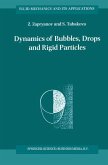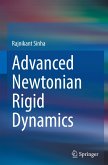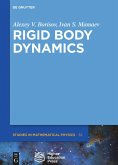A comparative analysis of the methods of obtaining Euler's kinematic equations has been made. For this purpose, Poisson's method has been used for obtaining the velocity distribution law and for introducing the angular velocity vector. A suggestion for a new approach to obtaining Euler's kinematic equations has been presented. The distribution velocity law obtained using the synthetic method has been reviewed in detail. This method is based on Euler's theorem and the introduction of the finite and infinitesimal rotations. The velocity distribution of the points in a rigid body's general motion on the basis of certain invariants has been analysed. A review of the projective theory of the most general motion of a rigid body has been presented. In this theory, an original method has been constructed on a deductive basis for the purpose of obtaining the velocity distribution law. A new method of obtaining the angular velocity vector in terms of velocities of three main (basic) pointshas been presented.








